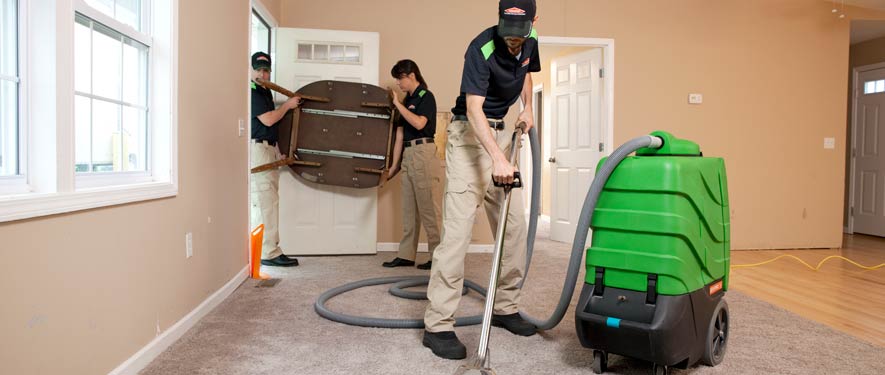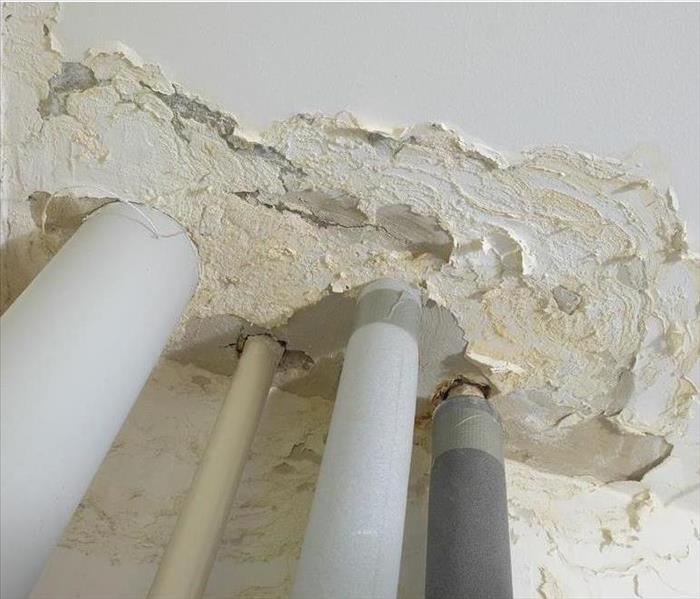
Step 3: Water Removal / Water Extraction
Water Removal is Not a Universal Approach for Miami Homes
While it might be true that many homes require water removal and extraction following water loss incidents as part of early mitigation steps, the necessary tools and severity of these conditions can change from one site to the next. Your Miami home might battle several feet of standing water from a service line rupture in your plumbing, while another home might only require weighted extraction when carpeted floors absorb water damages from a leaking fixture. The right tool chosen at the appropriate time can minimize the time mitigation steps take and reduce costs.
How Do Our SERVPRO Professionals Choose What Your Miami Home Needs?
Much of the choices in extractors, pumps, and vacuums rely on multiple factors. Before one machine gets chosen over another, our professionals consider:
- The severity of standing water
- Sensitive materials that can absorb fluid nearby
- Saturated materials that already exist
Because our professionals have advanced training techniques at our facility for our technicians like a flooded house, we can get the opportunity to see the effects of all extraction tools and practices in a real setting. Varying conditions and choices can help our team to choose correctly when every moment counts for your Miami residence.
Water removal is one of the most vital processes for loss restoration, so choosing the right tool and approach to achieve this result is crucial for the efficient recovery of your house.
Move-Out / Pack-Out
If your home requires extensive restoration or cleaning, SERVPRO of South Miami can conduct an organized, efficient move-out to protect your belongings from further damage.
- Move-Out Service
Emergency Water Removal
Our highly trained technicians will begin the water removal process almost immediately. Depending on the amount of water, we may use powerful submersible pumps in addition to industrial strength, wet/dry vacuums. Removing most of the water helps reduce drying time and helps prevent secondary water damage and mold and bacterial growth.
- Remove Excess Water
- Use Submersible Pumps and Industrial Wet/Dry Vacuums
Inspect the Carpet Pad and Carpet
We inspect the carpet and pad and determine if they should be removed to protect the subfloor.
- Inspect Carpet Pad and Remove If Needed
- Inspect Carpet and Remove If Needed
Water Removal Equipment
- Moisture detectors, hygrometers, and other meters measure the extent of moisture saturation.
- Infrared cameras may be used to find “hidden” water behind walls and ceilings.
- Submersible and gas-powered pumps are used for continuous pumping of high-level water.
- Truck-mounted and portable extraction units perform efficient water removal.



 24/7 Emergency Service
24/7 Emergency Service





